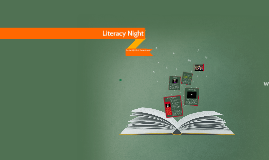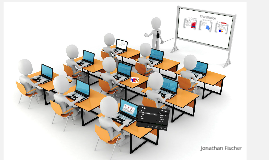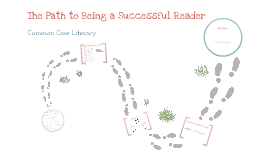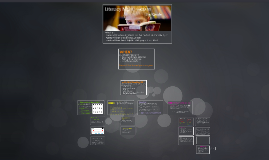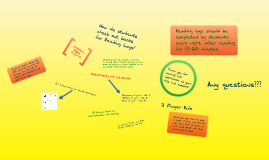Literacy Night
Transcript: Reading: Three Types Format: multiple choice open-response (short answer ) Types of Questions: directly stated inference (the act of reasoning and drawing conclusions using factual knowledge or evidence from the text) connections (personal opinion, connections to experience) Informational Text found in a variety of sources including - newspapers, magazines, non-fiction books the purpose is to inform, educate, instruct, and entertain Literary Text found in a variety of sources including – short stories, magazine articles, and poetry the purpose is to instruct, enlighten, entertain, and to stimulate thought for the reader Graphical Text found in a variety of sources including – maps, graphs, charts, schedules, drawings, and instructions Multiple choice questions organization of ideas; sentence and paragraph structure; conventions Two short writing tasks six lines each based on your response to set prompts Two long writing tasks news report (1 page), supported opinion (2 pages) The test consists of two 75 minute sessions. You will complete Booklet 1 during the first session and Booklet 2 during the second session. At the end of each session, the booklet will be sealed and collected. You will have a 15 minute break between sessions. 1. Work carefully and steadily. If you have time at the end of each section, review your work. For the writing pieces, check for spelling and grammar errors. 2. Each section/booklet of the test will include one of the four writing tasks. Be sure to allow enough time for these tasks. 3. In the reading selections, be sure you answer fully enough. Remember - aim to fill the space provided. 4. For the multiple choice questions, make sure your choice is clearly indicated. Choose only one answer. 5. If you do not know an answer, provide your best guess. Do not leave any question blank. 6. For the multi-paragraph opinion piece, write at least three paragraphs. Remember to use transitions. Also, remember that this is the ONLY writing piece which asks for your opinion. 7. For the news story, use the lead paragraph and inverted triangle structure studied in class. The lead paragraph must answer who, what, where, when, how, and, if appropriate, why. Be sure to include comments from people involved or reliable witnesses. Remember that a good reporter stays completely out of the story. "The Star asked Mr. Smith..." 8. Spelling and grammar do count in the writing selections. Write carefully. 9.Read instructions carefully. Underline the key points to remember in the question. Use a highlighter. 10. In the past, students have been unsuccessful on the test because they did not follow instructions or they ran out of time. Reading Questions How Can I Prepare? Our Goals The OSSLT is a provincial test of reading and writing. It is a mandated test for all high school students in Ontario. The OSSLT is administered to all Grade 10 students in the province. The OSSLT is one of the most important tests students will write in their high school career. This is because a pass is required before student can achieve their high school diploma. Writing Questions What Does the Test Look Like Preparing for the OSSLT What Will You Need Read over your Literacy Reference Book (Red) Visit the EQAO home page to access sample questions and actual student responses: www.eqao.com What is the OSSLT? Tips






